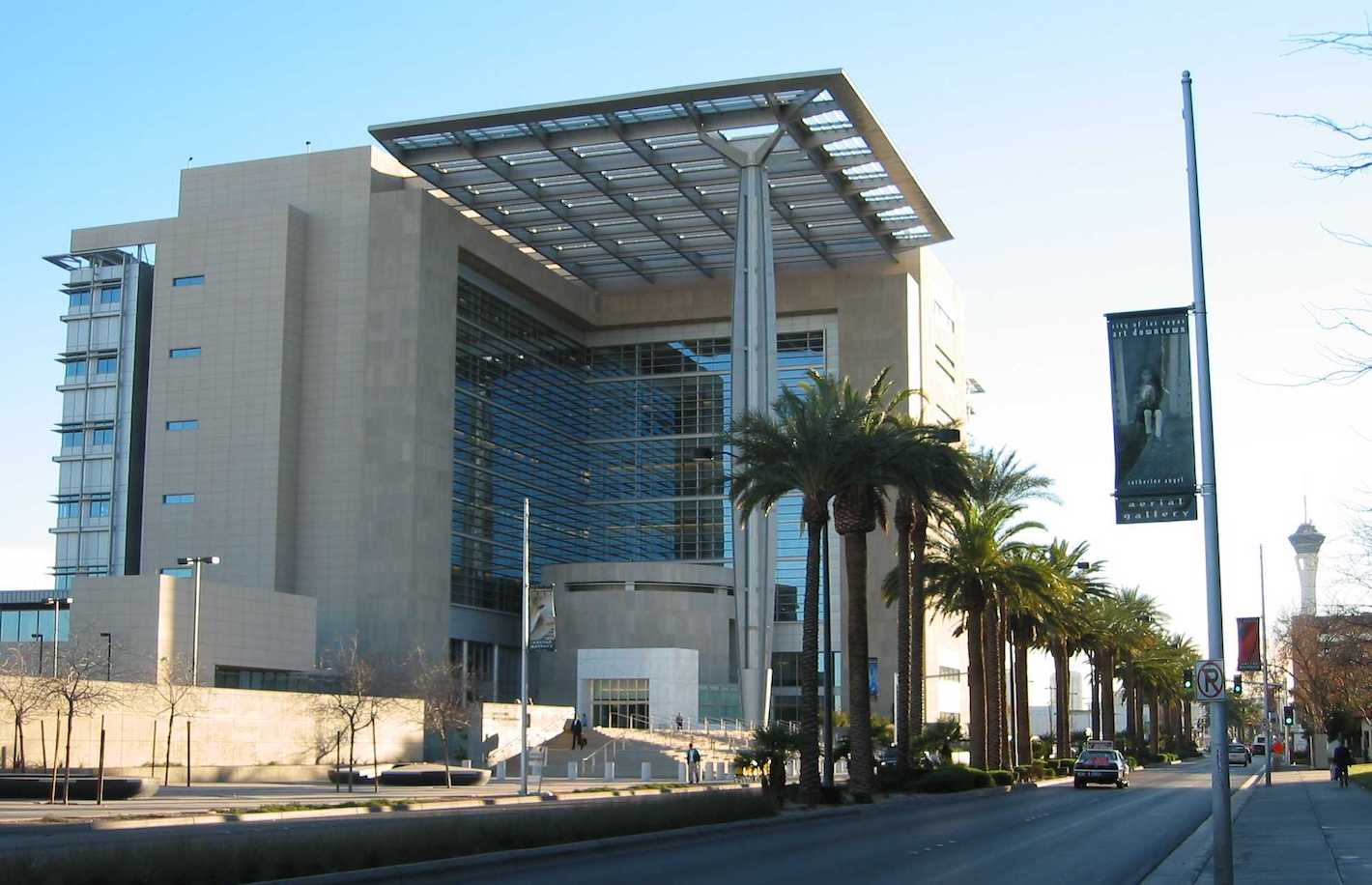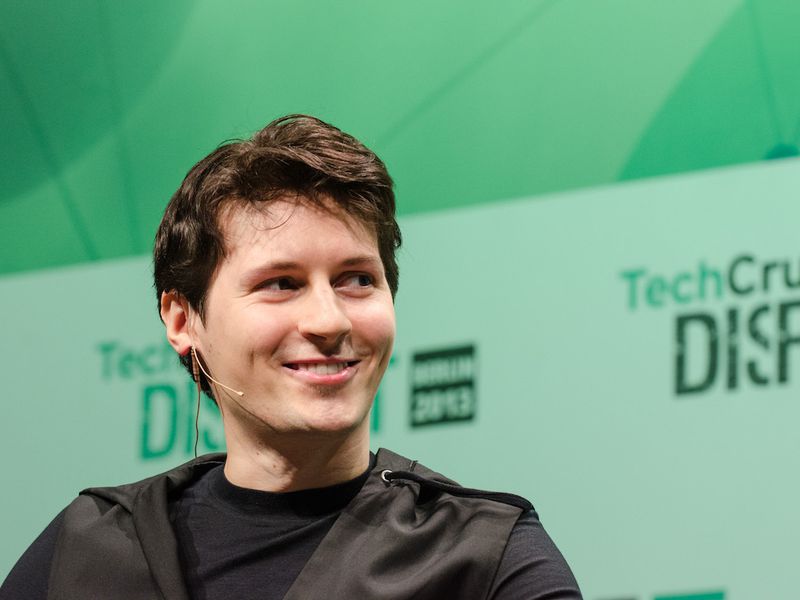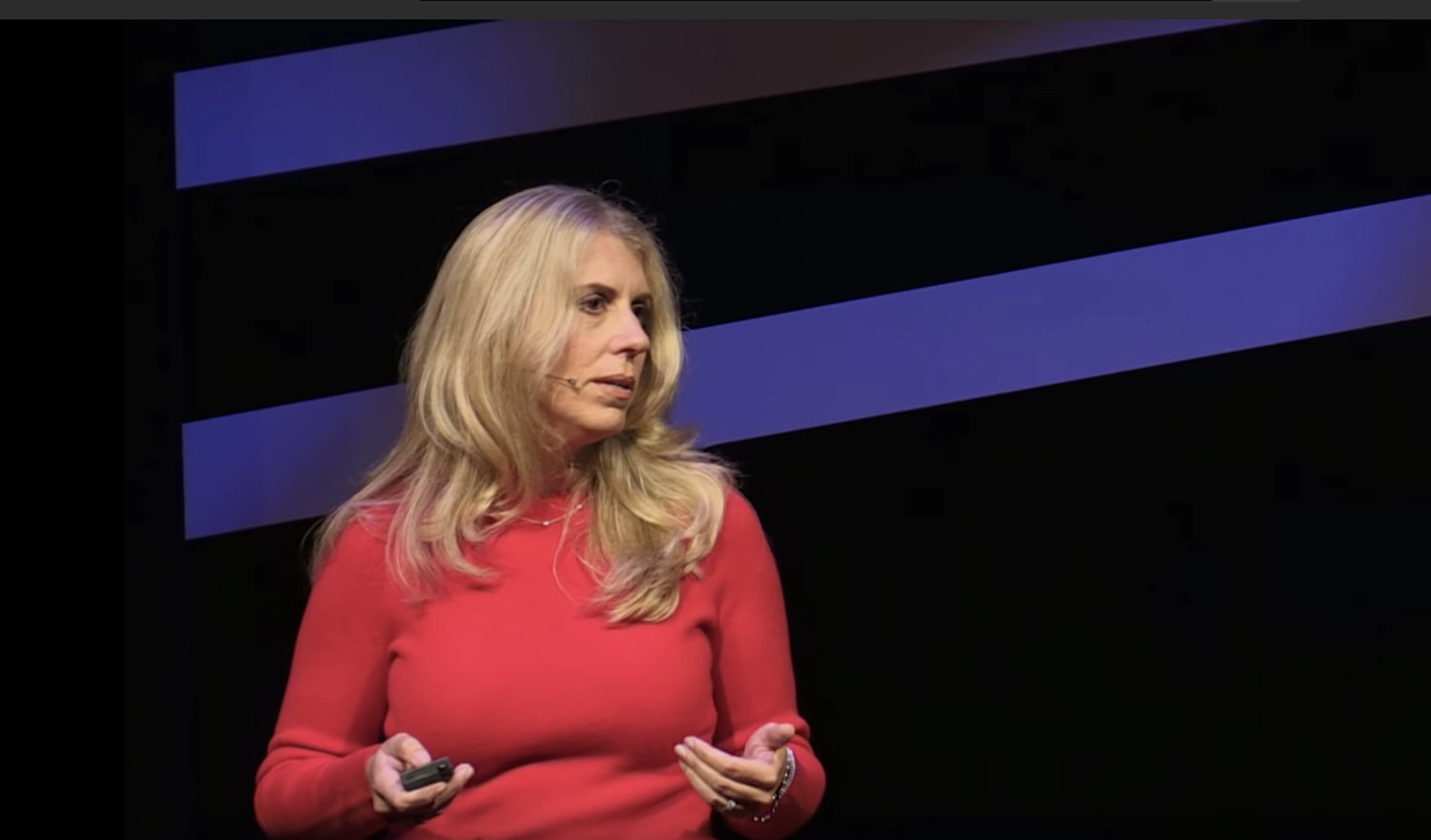Building Robust Digital Asset Custody Solutions: Key Considerations
In the rapidly evolving digital finance landscape, securing digital assets is a paramount challenge. As an expert in custody engineering, I’d like to share some critical considerations for building a sophisticated custody architecture that effectively safeguards digital assets.
A robust custody solution should consider advanced technologies to ensure the security and integrity of stored value. One option is a private and permissioned blockchain, which can serve as the backbone for transaction integrity and auditing, providing a reliable mechanism for tracking asset movements. The design of such blockchains assures that transactions are both auditable and immutable, which is crucial for maintaining trust and security. While a simple database can provide some of these functions, a private blockchain delivers them out of the box, offering enhanced security, transparency, and reliability.
You’re reading Crypto Long & Short, our weekly newsletter featuring insights, news and analysis for the professional investor. Sign up here to get it in your inbox every Wednesday.
Using a private blockchain offers several strategic advantages. It enhances security through cryptographic proofs, requiring authorization for transactions and block signing. This ensures all operations are traceable and protected against tampering, establishing a secure infrastructure critical for asset protection. Each transaction is authorized via private keys that are rigorously managed within a secure infrastructure, establishing cryptographically provable states.
The private blockchain operates under a zero-trust model, rigorously validating every transaction, block, and signature independently. This extensive cross-validation forms a comprehensive safety net, ensuring all operations adhere to the highest security standards. Every transaction is immutably and permanently recorded, allowing for full traceability from inception to execution, which supports regulatory compliance and operational auditing.
Smart contracts are another essential technology. These contracts automate and enforce security protocols, executing automatically under specific conditions. This automation establishes consistent adherence to predefined rules and reduces the potential for human error, streamlining processes and enhancing the scalability of operations.
Moreover, the smart contracts on a private blockchain execute transactions with deterministic outcomes, generating consistently predictable and reliable results. This consistency is crucial for maintaining the integrity of core business processes and supports repeatable validation processes essential for auditing and regulatory compliance.
Adopting Hardware Security Modules (HSM), Multi-Party Computation (MPC), and Secure Computing provides robust protection against both internal collusion and external attacks. This approach enhances the security of transaction signatures by ensuring no single party holds the complete authority, adding an additional layer of security by decentralizing and distributing control over assets.
Additionally, incorporating specialized oracles that interface securely with external data sources is vital. These oracles validate compliance and operational data in real-time, providing alignment with current regulations and market conditions. For instance, an AML (Anti-Money Laundering) Oracle can integrate seamlessly with compliance systems to monitor and verify transactions, maintaining rigorous compliance standards.
Artificial Intelligence (AI) significantly enhances the efficiency and responsiveness of custody systems. Beyond traditional anomaly detection through machine learning, Generative AI can be leveraged for test automation, improving the capability for writing effective unit and integration tests. This application of AI shifts quality assurance earlier in the development process and integrates more deeply into workflows, promising improved efficiency and a better developer experience.
Continuous development and optimization of these technologies are essential for maintaining a robust custody environment. By understanding and integrating these elements, companies can build secure and efficient digital asset custody solutions that set new benchmarks in the industry.
Note: The views expressed in this column are those of the author and do not necessarily reflect those of CoinDesk, Inc. or its owners and affiliates.
Disclosure
Please note that our
privacy policy,
terms of use,
cookies,
and
do not sell my personal information
has been updated
.
CoinDesk is an
award-winning
media outlet that covers the cryptocurrency industry. Its journalists abide by a
strict set of editorial policies.
In November 2023
, CoinDesk was acquired
by the Bullish group, owner of
Bullish,
a regulated, digital assets exchange. The Bullish group is majority-owned by
Block.one; both companies have
interests
in a variety of blockchain and digital asset businesses and significant holdings of digital assets, including bitcoin.
CoinDesk operates as an independent subsidiary with an editorial committee to protect journalistic independence. CoinDesk employees, including journalists, may receive options in the Bullish group as part of their compensation.
:format(jpg)/author-service-images-prod-us-east-1.publishing.aws.arc.pub/coindesk/97ae63d6-436f-4fd8-b99f-7f0177bd3423.png)
Mohammad Nauman is the director of custody engineering at Bullish.








